It’s no surprise that many entrepreneurs are looking to start a print on demand business. The industry is continuously growing, with its market value projected to reach a whopping $39.035 billion by 2031.
If you’re new to the industry, or even ecommerce in general, it’s natural to feel overwhelmed. You might be unsure about where to start, or about potential downfalls of your new venture. Every business is unique, but there are some clear steps you can take to ensure your business starts on the best footing.
So, how should you start a print on demand business? Read on to find out more…
What is a Print on Demand Business? 🙋♂️
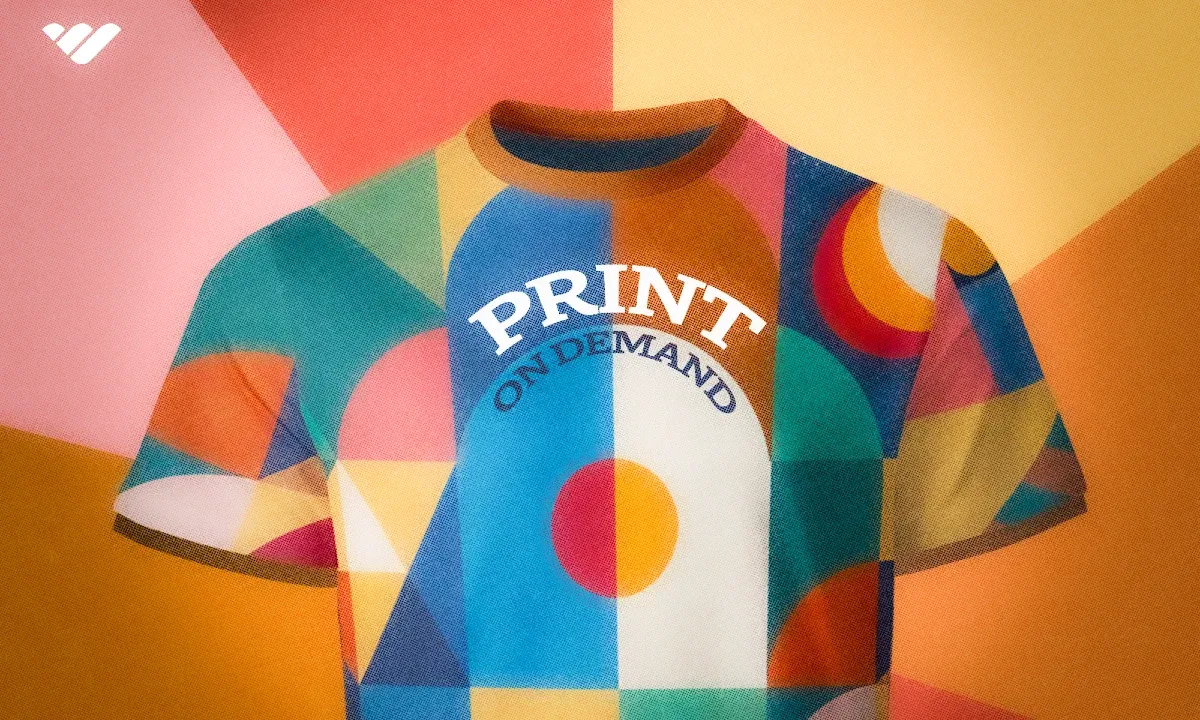
Print on demand is exactly as it sounds. You’ll be selling products that feature printed designs. These will be printed “on-demand”, meaning that you’ll have no inventory to worry about. Instead, as customers order an item from you, you’ll then place an order with your supplier, who will take care of order processing and shipping.
Naturally, this is a very appealing business model. You’ll only be purchasing stock when someone buys from you, which can help to minimize financial losses due to deadstock (stock that doesn’t sell). It also minimizes your upfront costs, making it a great option if you don’t have instant access to lots of capital. It’s a great side hustle for artists and online creators too, who can adapt their creations into designs their fans will love.
Even if you’re not artistically inclined, print on demand is still a very accessible business idea. There are plenty of sites where you can find fantastic freelancers who will craft inspiring designs for you, such as Fiverr and Upwork.
Pros of print on demand ✅
Low upfront costs
With print on demand, you won’t have to make costly upfront investments in inventory. You also won’t need to find a location to store your inventory. This means you can feel more confident in your new venture, trying out designs to see what works.
Fast and simple startup
Businesses aren’t built overnight but print on demand businesses are typically quick and easy to set up. You’ll need to have some designs to use, and once they’re done, you can advertise your product right away. You don’t have to wait for them to be made, and you don’t even need to waste time on the design process, if you’d be happy to hire a freelance designer.
Suppliers take care of shipping
You won’t need to worry about shipping, as your supplier will handle this side of the process. This means you have more time to focus on growing your business and ensuring your customers are satisfied.
Sell across the world
Print on demand businesses give you the opportunity to sell internationally. You won’t be limited to local customers, so it’s a great option if you feel your designs are better suited to clientele in another country.
Fun and low-stress
As we’ll cover below, running a print on demand business is not without its challenges. But that doesn’t take away the fun side. Print on demand gives designers an opportunity to run wild with their imaginations – and make money doing so. With its relatively simple set-up, it’s also a low-stress side hustle for many entrepreneurs.
Cons of print on demand ❌
Limited control over product type and quality
Although working with a supplier has its benefits, it often leaves you reliant on their services. For one thing, you’ll be limited to the types of products they produce. For example, it’s relatively easy to find suppliers who can produce hoodies and t-shirts, but much harder to put your designs onto crop tops with bespoke mid-length sleeves. Depending on the provider, some may be more expensive than others.
You’ll also be dependent on the quality of the designs. Ultimately, that depends on the quality of your supplier, so you should research carefully to find a reputable supplier. It’s best to order some sample items before launching your shop. That way, you can be certain the products you send to your customers are of the highest quality.
Reduced profits
With print on demand, you’ll order items as and when your customers place an order. This means you’ll typically be buying individual items from the supplier, which is more costly than buying in bulk. This will lower your profits.
Limited control over shipping
As you won’t have any inventory, you can’t send products out as soon as a customer places an order. Customers will need to wait for the item to be produced and then shipped, which could be off-putting to some.
You’ll also have to factor in the different shipping costs that the products will incur, which may vary between suppliers. As the supplier manages the shipping, you’ll be dependent on how much customization they offer in terms of packaging. If you’d rather create bespoke packaging that’s tailored to your brand, this won’t always be possible with print on demand.
Responsibility for suppliers
Although your suppliers will take control of production and shipping, if something goes wrong, then the buck still stops with you. Customer service will be your responsibility, as well as supplier management. So, if an order doesn’t arrive or the quality is poor, you will be required to resolve the issue with your supplier.
How to Start a Print on Demand Business in 6 Steps 🤩
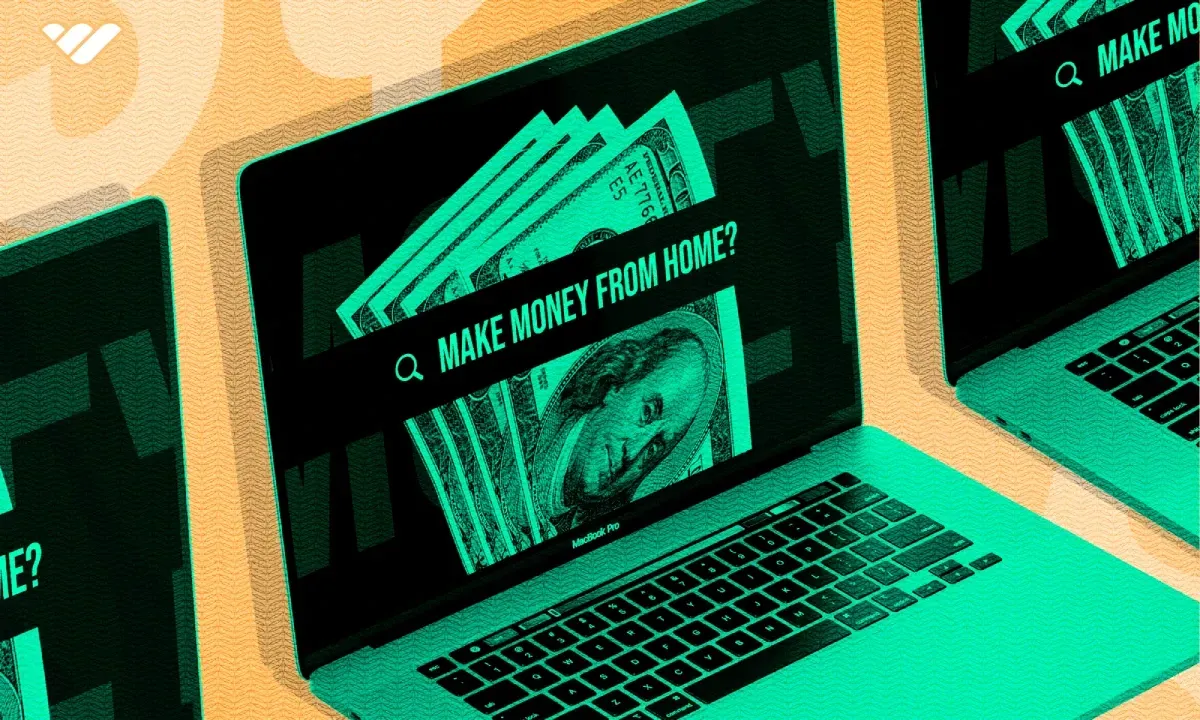
1. Plan your business and products
The first step for starting any business is to plan carefully. You’ll need to think about your target market. Choosing a specialized niche can help to lower your costs and make marketing research easier. Your chosen niche could be anything from dog lovers to cyclists. You might want to choose a niche that you’re interested in, or one that’s especially profitable or on-trend.
Once you have your heart set on a niche, it’s time to deep dive into the community. Use social media and ecommerce sites to research what products and designs are popular within your chosen niche. While tote bags and stickers are popular options, you might find that some niches prefer mugs or phone cases.
2. Make (or commission) your designs
If you love drawing or other art forms, this is the stage to get creative! You’ll need to do some market research first. This will help you to understand what designs, slogans, and themes are popular within your niche. Research can help you to develop inspiration for your own designs, but always ensure you never plagiarize other people’s work.
However, if you’re not an artistic person, print on demand is not off-limits. In these circumstances, you can still bring your ideas to life by working with a freelancer.
3. Choose your sales platform
Next, you’ll need to choose a platform to sell your print on demand goods. Many businesses choose to sell from an ecommerce marketplace, such as Etsy, Amazon, or eBay; or, you can choose a PoD platform like Society6 or Redbubble. They provide a great starting point, as they already have thousands of visitors each month.
You’ll have a designated shop on these platforms, where you can upload your products with photos and search-engine-optimized descriptions. In most cases, there will be additional costs with these platforms, for example, for listing an item or processing a transaction, though they are typically minimal.
Alternatively, you might prefer to set up a store on an ecommerce platform. Your store will have its own website, which you can sell from. Ecommerce stores don’t have the same immediate access to website visitors, so you’ll need to grow your following with this option, including via social media. They also have associated costs but add an extra layer of professionalism to your brand.
4. Decide on a supplier
Once you’ve decided on a sales platform, you should also think about the company you want to produce and ship your products. You’ll need to conduct some market research to find a high-quality supplier. Think about their production and shipping costs, and whether you can factor those into your pricing.
It’s best to try before you buy. Order some samples of your products to test their quality and style before you print on demand for customers. This can help you to determine how the design looks on the materials the supplier uses, as well. You could try a few different providers before you make a final choice.
5. Set up your online store
When you have a platform and supplier in mind, you can begin setting up your online store. Set aside some time to work on this, as a rushed website could give a bad impression to your customers. Most ecommerce platforms will provide plenty of customization options to tailor your store to your branding. Some marketplaces will give you options to upload a personalized banner and profiles, as well. You should also think about pricing for your ecommerce store before you add items to your shop.
6. Advertise and grow your business
Once your store is complete and your products are available online, it’s time to promote your brand. There are a variety of ecommerce marketing strategies you can use to promote your print on demand business.
The most obvious is social media marketing. Again, you’ll need to do a bit of market research to identify the platforms that are popular with your niche. Then, make an account and start creating content. Determine the optimal times to post and find out what content types are popular. Reaching out to influencers within your niche will be another key strategy to boost the profile of your brand.
Developing a content marketing strategy is also key. Sharing blog posts and relevant content on your ecommerce website will help to draw traffic, boost your presence in search engine rankings, and establish your business as a trustworthy brand.
You can also use marketing tools to keep an eye on your campaigns. These will help you to find relevant keywords, perform social listening, and monitor the success of your social media marketing campaigns.
8 Best Print on Demand Suppliers to Create Custom Designs
A key step in starting your own print on demand business is finding a supplier - however, not all print on demand suppliers are the same. They will offer different products, with varying production and shipping costs. Whilst it’s important to do research to find which supplier is right for you, below we’ve listed some of the top choices to consider.
Printify
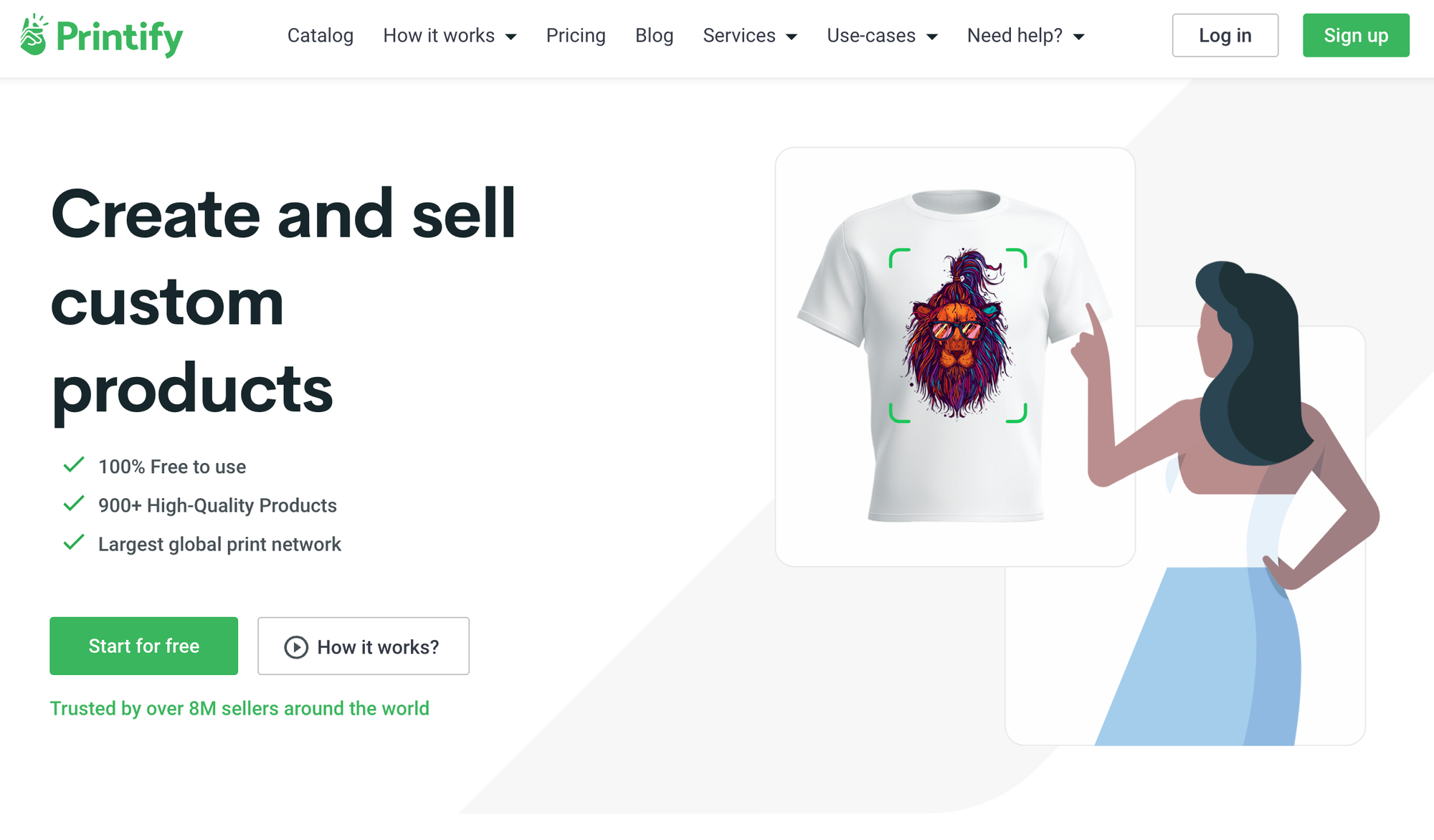
One of the most popular POD suppliers, Printify offers hundreds of different products, including some unique options like rugs and ornaments. The platform features a network of individual vendors across the globe, so you can find the quickest shipping for your budget.
Pricing
Printify is free to use, but your account will be limited to five stores. If your business grows and you want to upgrade, Printify offers Premium ($24.99 per month) and Enterprise (custom pricing) plans, which provide large discounts on your orders.
Best for
If you’re looking for a diverse range of options, with affordable tiers, then Printify is a fantastic choice. As the platform uses a variety of different vendors, it’s important to choose carefully, though.
Printful
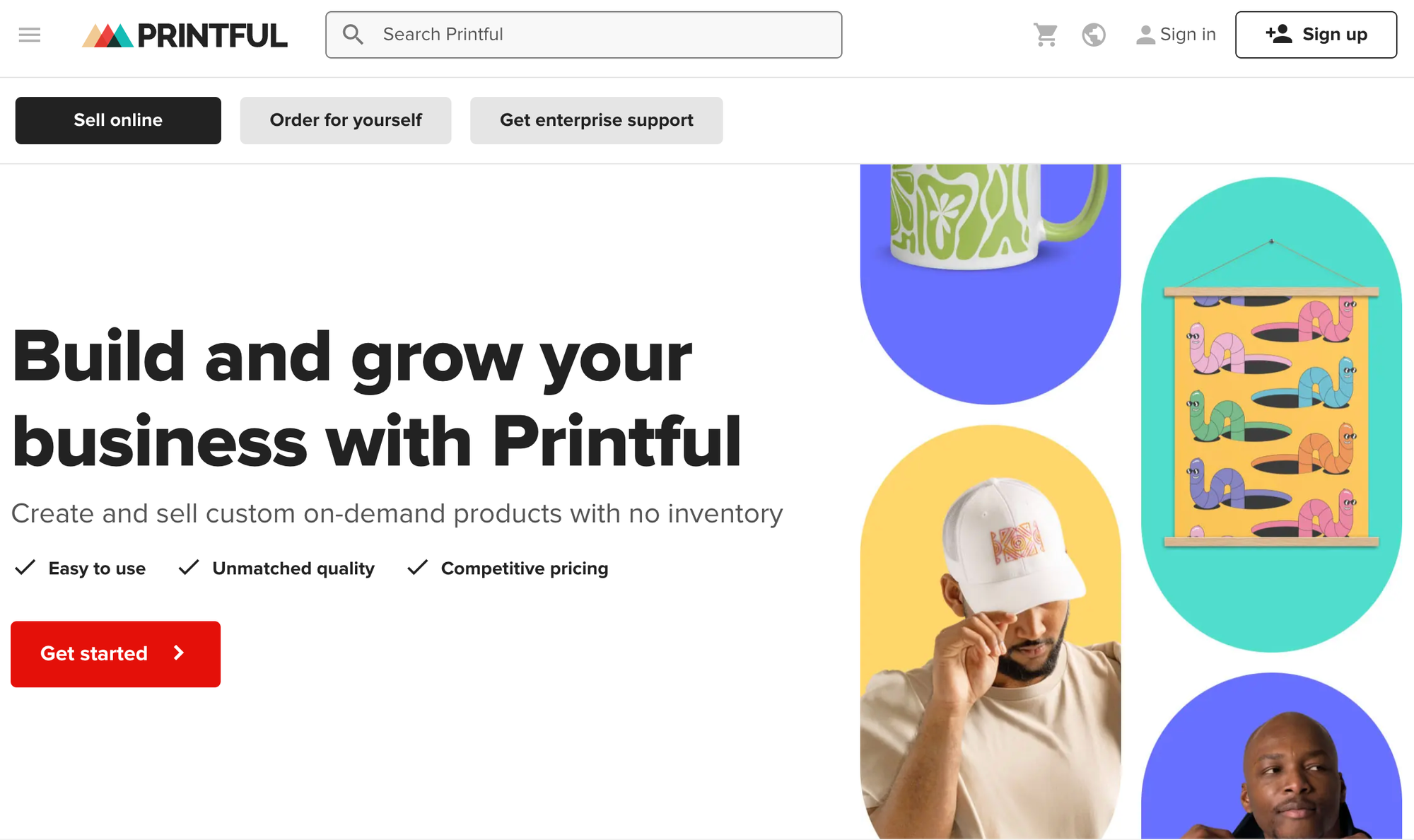
Printful is another leading supplier that provides a range of customization options, including DTG printing, sublimation, and embroidery. You can customize further by adding bespoke tags to your designs, as well as customizing your packaging. With Printful, you’ll have your designs featured on premium brands, including Champion and Gildan.
Pricing
Printful is free-to-use, only charging when you place an order. However, when the orders are flowing in, you can upgrade for 30% lower pricing.
Best for
Printful offers plenty of customization options, including custom packaging, tags, and printing types. So, if you’re looking to tailor the products to your brand, Printful is a great choice. However, you should be aware that some customization options may affect the price of your products.
Gooten
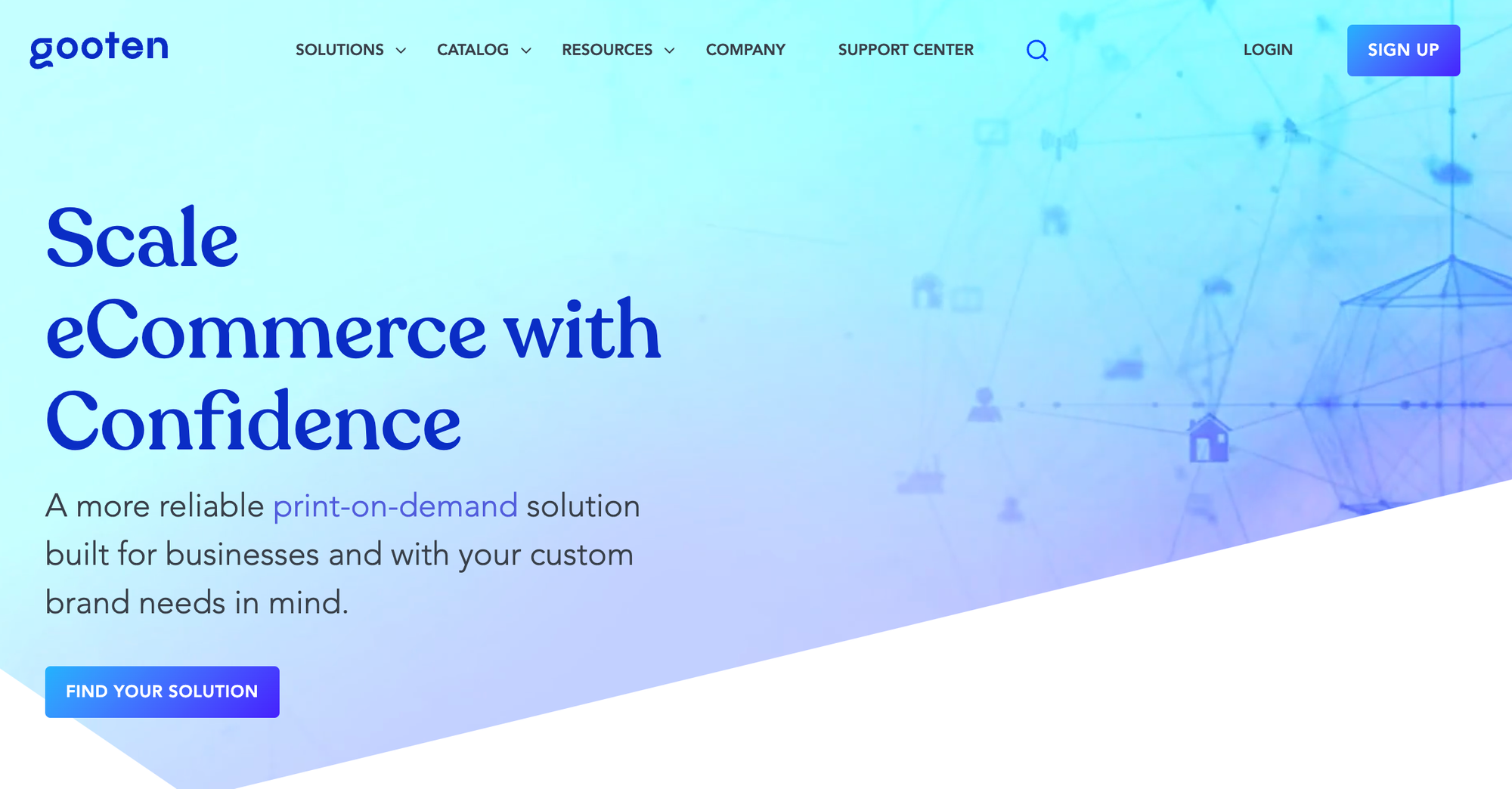
With an easy-to-use image editor and a unique range of products, Gooten is another great supplier for your print on demand business. Like Printify, Gooten works with different global vendors, offering variety in terms of pricing. Gooten also makes it possible to receive automated order updates via Webhooks.
Pricing
There are no fees to sign up to Gooten. You’ll only pay as and when customers make an order. There are paid partnerships, but these require customized pricing, so you will need to speak with a sales representative about these.
Best for
Gooten is a good choice for brands looking for unique products, including dog beds and baby products. Integrating with stores can be more complicated than other options on this list, but this does provide additional flexibility for web developers on your team.
Gelato
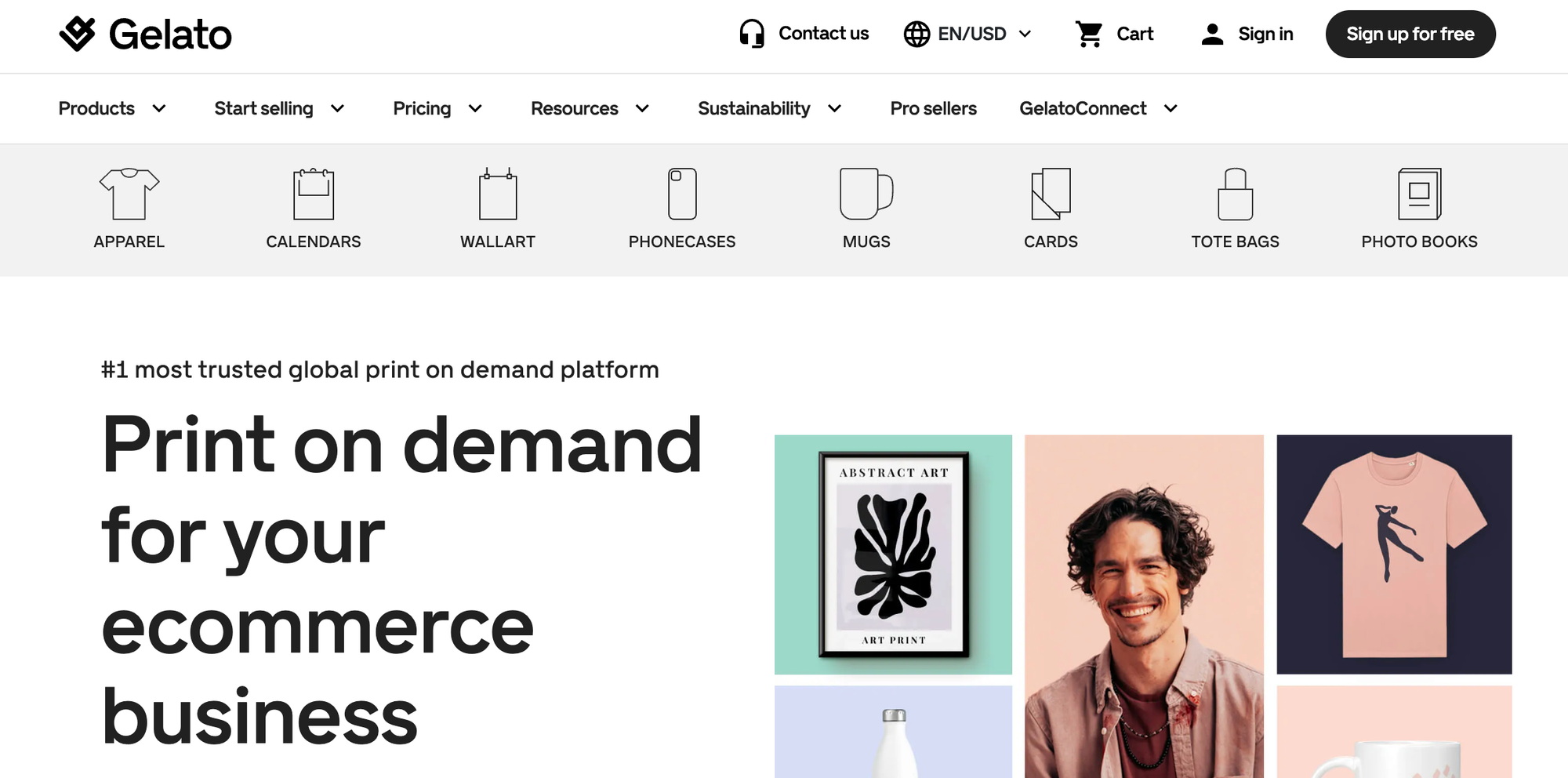
When it comes to print on demand, fast delivery matters. That’s where Gelato comes in. They work with over 100 different production partners across the world to ensure most orders are fulfilled within 72 hours. This also cuts down on your carbon footprint. Gelato offers full integration with a variety of online stores and marketplaces too.
Pricing
It’s free to sign up to Gelato. Like many other suppliers on this list, you’ll only pay when your customers place an order. Be aware, though, that Gelato doesn't include shipping in their product pricing. They also offer subscription plans with product discounts and more. These include Gelato+ (priced at $24 per month or $239 per year), Gold (priced at $119 per month or $1185 per year), and Platinum (custom pricing).
Best for
This is a good option for brands who wish to prioritize fast delivery and reduce their carbon footprint. Plus, Gelato offers a diverse range of tools for your POD business, including tools to optimize your pricing. However, some of these additional features are only available in the paid tiers.
Redbubble
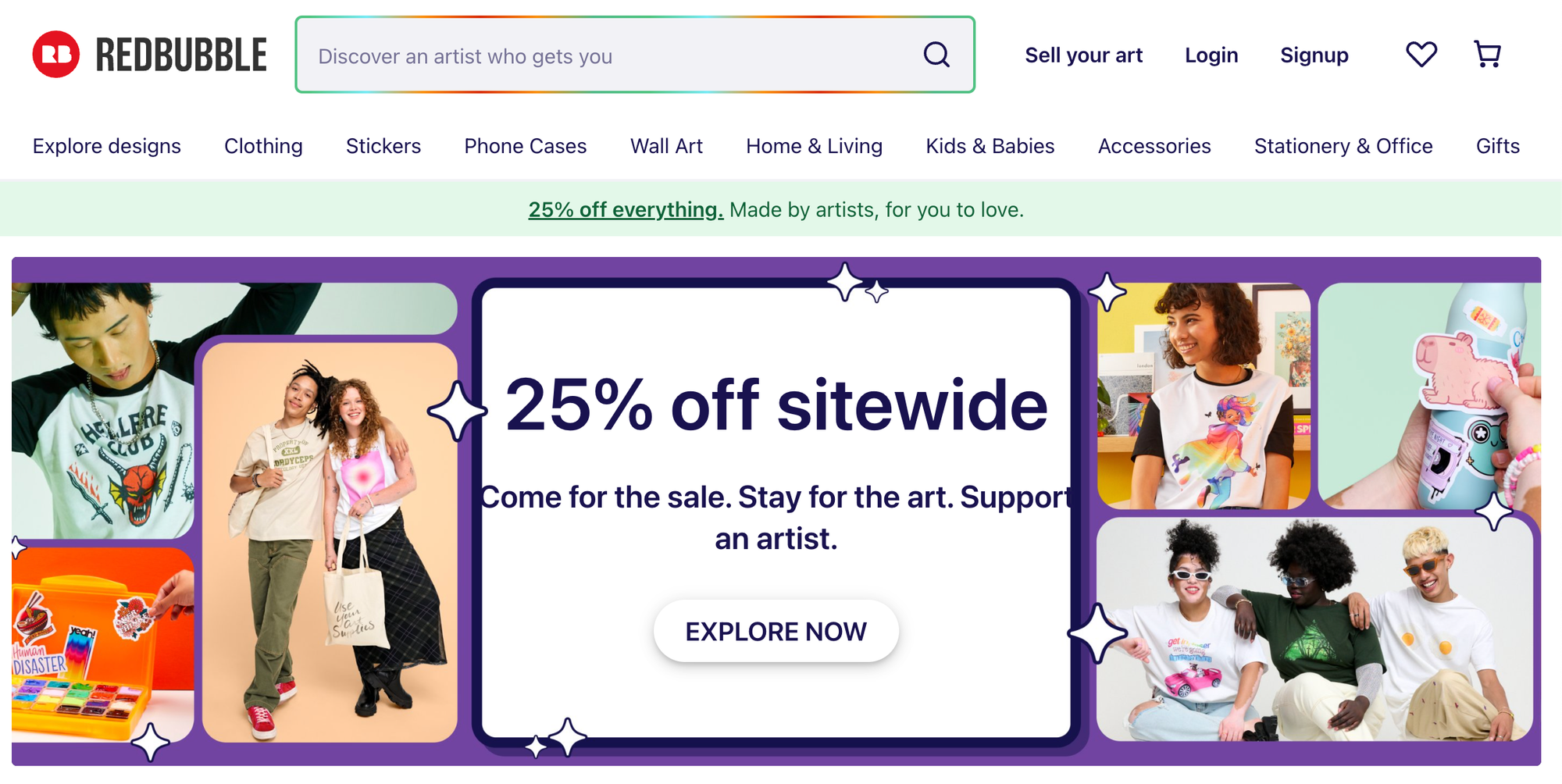
Redbubble is a huge print on demand marketplace aimed at designers and artists. As a marketplace, it can provide a ready-made audience for your unique designs to be seen. Plus, you’ll have access to a storefront on the website, which you can personalize. However, this comes with the downside that it doesn’t support integration with other online stores.
Pricing
The marketplace is free to join. Redbubble sets a base price for each item, on top of which you can choose your profit margins.
Best for
Redbubble is a great choice for artists looking for access to a ready-made audience and customizable storefront. You’ll need to be sure you don’t need those additional integrations, though.
Printy6
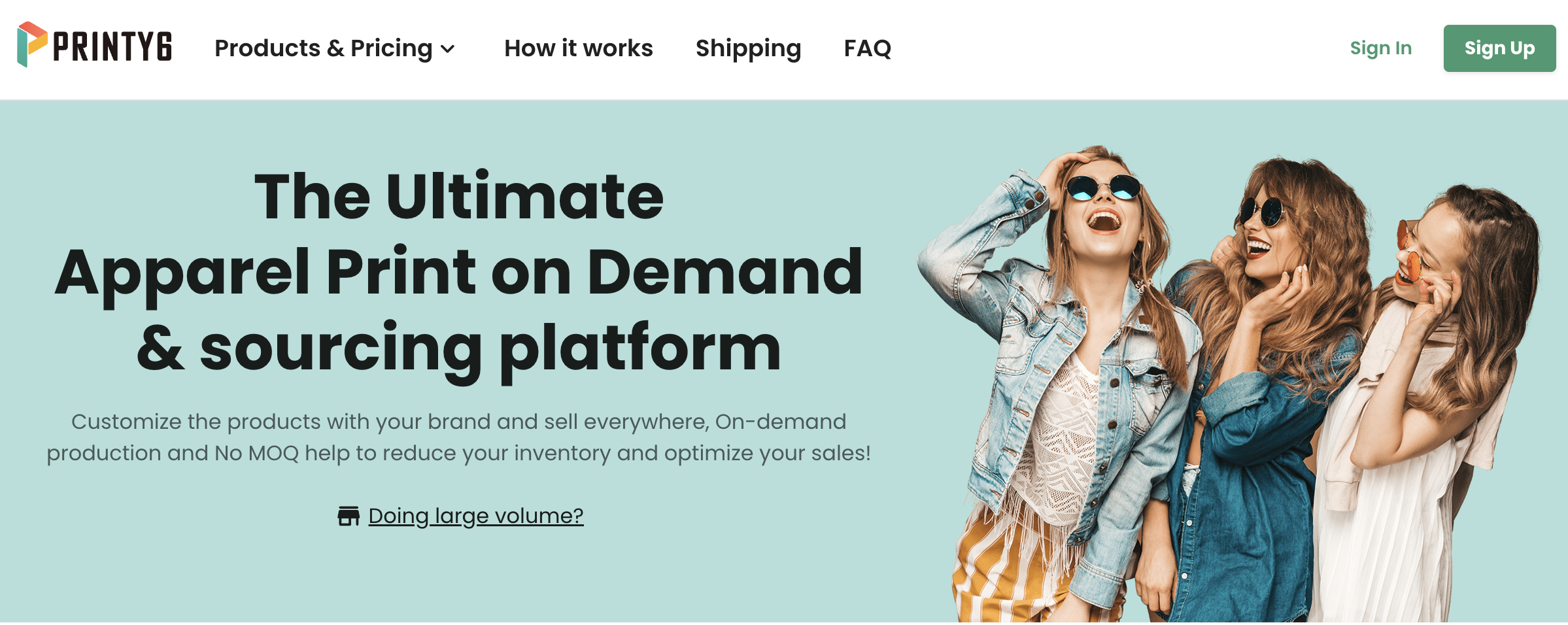
Fancy seeing your designs on custom shoes and boots? You can do just that with Printy6. They offer a wide variety of products, but their custom footwear really stands out from the crowd. Printy6 ships worldwide and they have a money back guarantee if you’re dissatisfied with the quality of your products.
Pricing
Printy6 offers reasonable pricing, with fixed shipping rates. The platform is free to use through a dedicated app that integrates with online platforms.
Best for
If you’re looking for unique footwear products for your print on demand business, then Printy6 offers an affordable service.
Apliiq
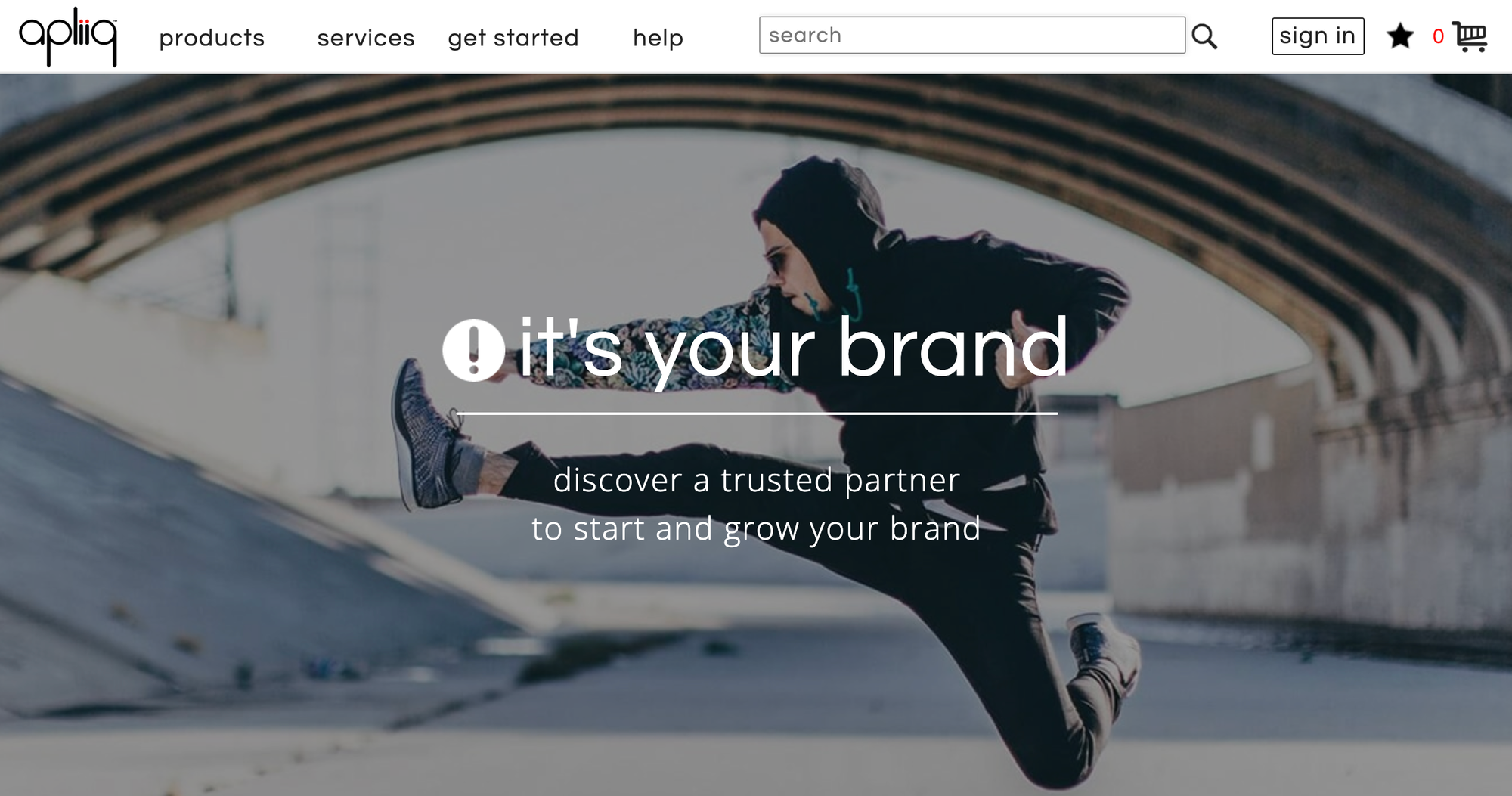
Apliiq offers some unique options for print on demand businesses looking to create unique clothing. That includes everything from decorating the liners of hoodies with your designs to screen printing. They can also help you to create private labels for your brand. Apliiq also features some great discounts, including free shipping for bulk orders over $100 in the US. Outside of the USA, they also ship to over 150 other countries.
Pricing
Apliiq is free to use, and you’ll pay when you receive an order.
Best for
If creating unique clothing designs is your focus, then Apliiq is a particularly high-quality choice.
Zazzle
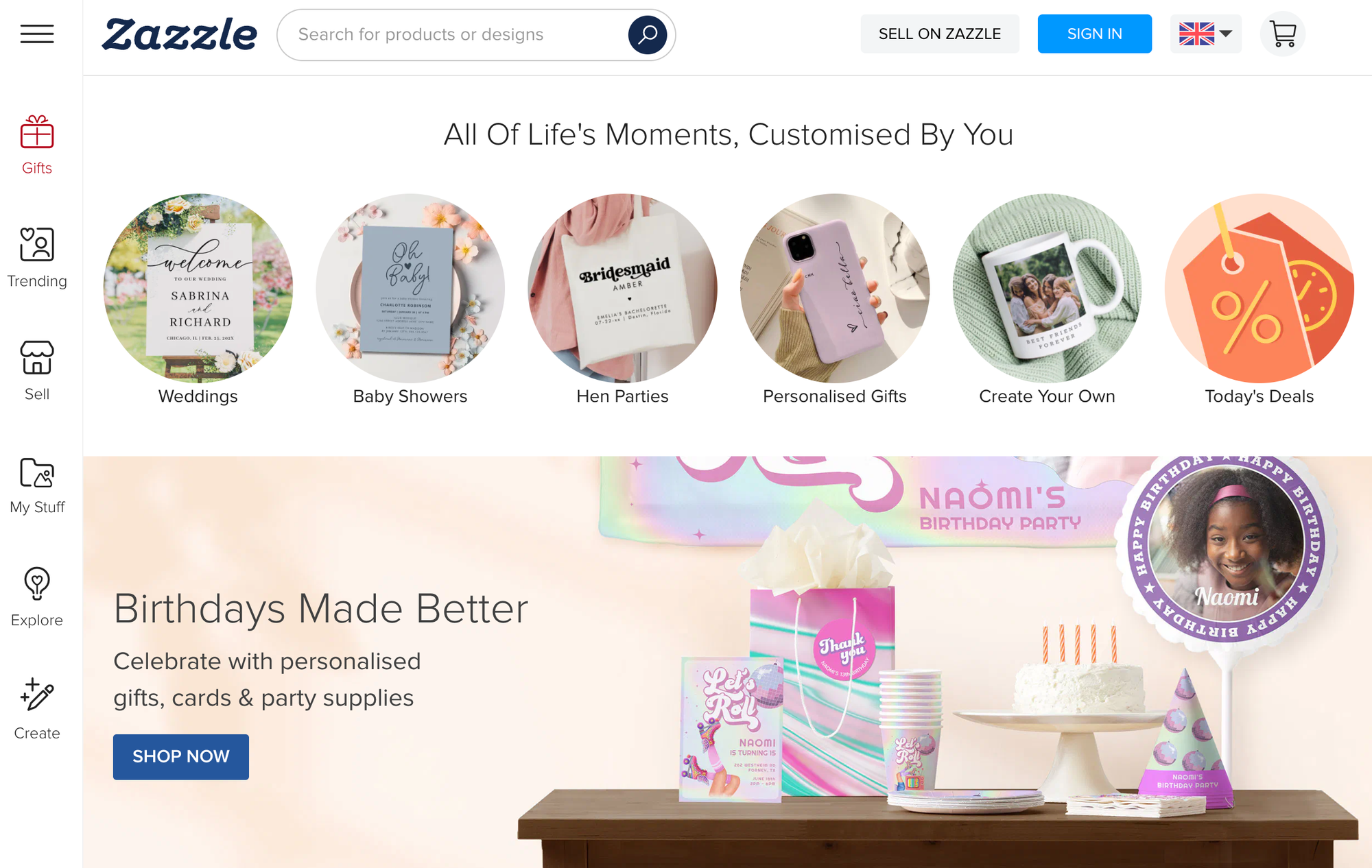
If you’re looking for an alternative to Redbubble, then Zazzle is another print on demand marketplace that offers great personalization for customers and great visibility for you. The marketplace has a large user base of around 30 million. However, you should bear in mind that, like Redbubble, it doesn’t integrate with other online stores and marketplaces.
Pricing
Like many other options, it’s free to sign up to Zazzle, and you’ll only pay when you sell. As a designer, you can choose to set your prices between 5% to 99% above the base price assigned by Zazzle.
Best for
Zazzle is aimed specifically at designers, so it’s best for creatives. You should also consider whether you wish to sell your designs on other platforms before starting with Zazzle.
How to Stand Out as a Print on Demand Business ✨
While it’s true that there are many print on demand businesses in the market, there are some steps you can take to stand out from the crowd.
Strive for quality
Quality is everything when it comes to print on demand. Take time to research potential suppliers. Take a look at reviews, and order samples before you open your store. You can then use these samples in product photos. If you’re not happy with the quality, it’s better to switch to another provider, even if it’s a bit pricier.
Perfect your branding and presentation
Standing out as a unique brand can help draw new customers to you. Create inspiring designs within your niche, and don’t be afraid to try something new. Embed yourself within the culture of your niche, so you can understand what appeals to its fans. Build your brand’s personality into your social media accounts, advertising, and content.
Offer great customer service
Building a good reputation with your customers is a fantastic way to stand out. Not all businesses are reputable, and are likely to receive negative reviews and lose customers as a result. Meanwhile, establishing brand loyalty can lead to repeat sales and positive social proof.
Shipping is another important consideration for print on demand businesses. As customers will need to wait longer for their order to arrive, you’ll need to be transparent about shipping times. Provide clear details about production and shipping times, and even offer free shipping (but be sure to add those costs into the retail price of the item).
Build Your Print on Demand Business in 2024 💪
It’s never too late to get started on your dream business. With a design in mind and a passion for print, all you need is the know-how to create a stand-out print on demand business.
Whop has a myriad of digital guides and communities to support you through every step of building your business. In these communities, you’ll have access to expert advice from experienced entrepreneurs.
Plus, if you’re looking for unique online business ideas, then why not sell digital products on Whop? On our platform, you can offer online courses, downloadable resources, and access to communities to help others skyrocket their skills. At Whop, we provide diverse features and robust support to our sellers, including a free storefront, marketing tools, and a dispute resolution center. In terms of fees, you’ll only pay 3% in transaction fees when you sell a product.





